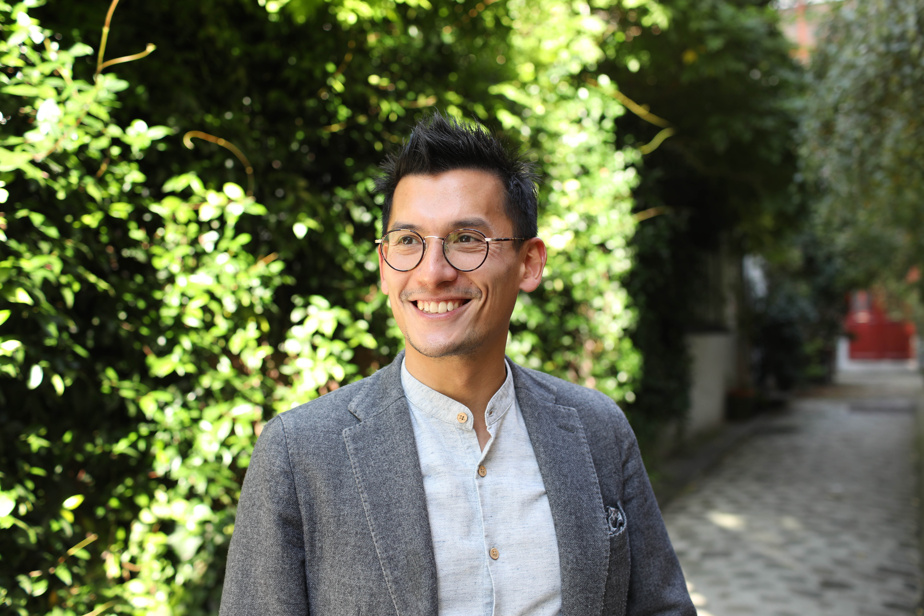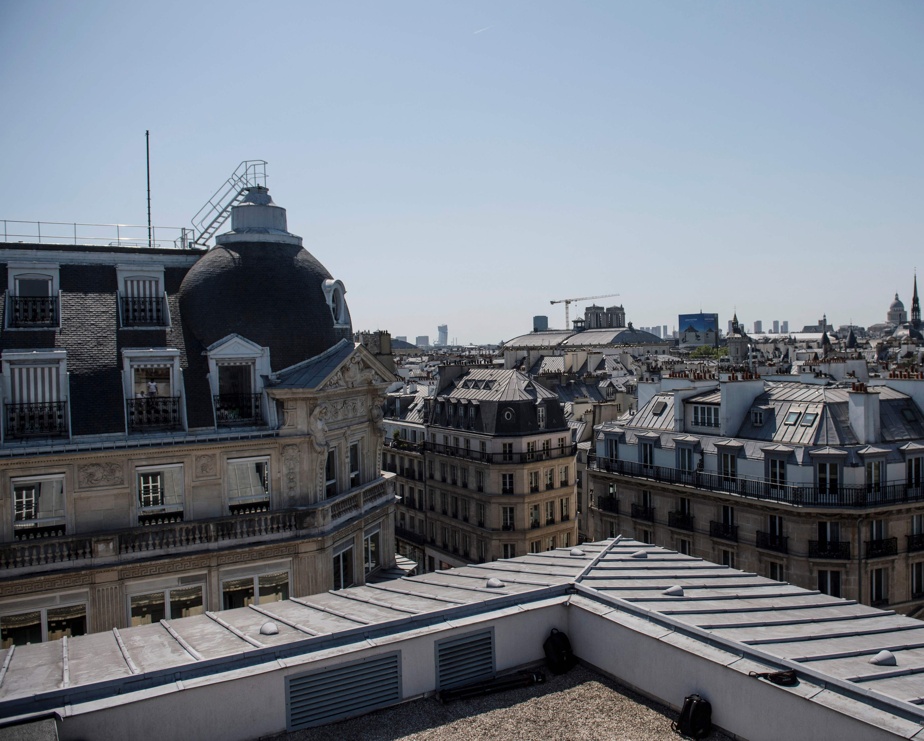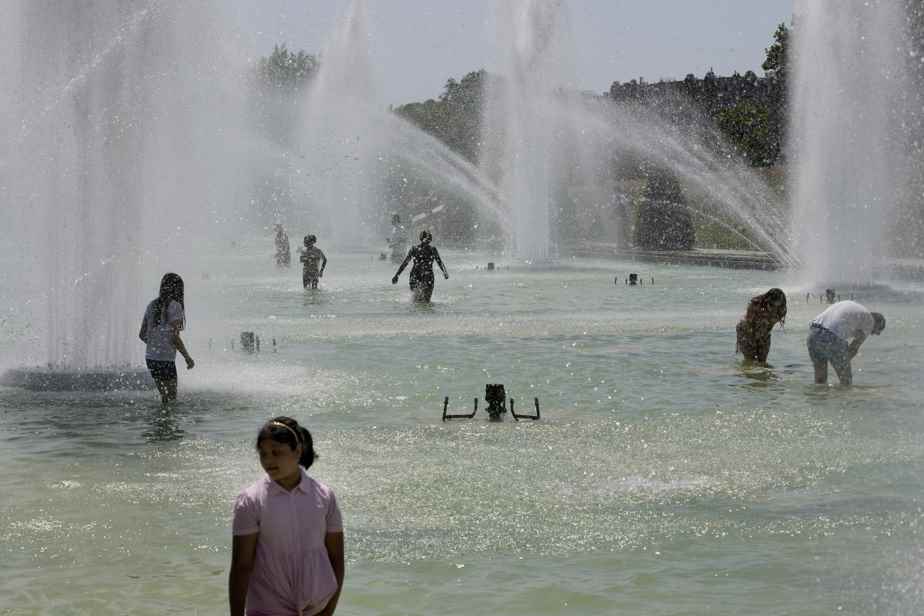Posted at 5:00 a.m.
Paris, August 4, 2036. The City of Light is suffocating. The air conditioners no longer supply. Construction sites are at a standstill. Commuter trains are idling as the heat-expanded rails warp. It is 50°C. In the shade.
The scenario is fictitious, but the French capital is preparing for it: the Council of Paris set up on July 5 an “information and assessment mission” entitled “Paris at 50 degrees”.
This committee, made up of all the political parties elected to the Council of Paris, will work on adapting the city to this future reality.
“Scientists no longer rule out a heat peak of 50°C” within a few decades, said The Press Dan Lert, deputy mayor of Paris responsible for the ecological transition, the climate plan, water and energy.

PHOTO PROVIDED BY THE CITY OF PARIS
Dan Lert, deputy mayor of Paris responsible for the ecological transition, the climate plan, water and energy
The climate projections for Paris published last September also indicate that heat waves “will be more and more frequent, more and more intense, and more and more early or late”, he adds, which makes it ” the first climate challenge in Paris”.
The abnormally early heat wave that hit France in June is an illustration that “the climate is already changing”, says Dan Lert, who warns that the scorching and deadly summer of 2003, during which 19,000 people died in France , “will become the norm”.
The number of “tropical nights”, at over 20°C, will be multiplied by three by 2030 and by seven by 2085.
The climate of Paris will resemble that of a city in southern Spain like Seville.
Dan Lert, Deputy Mayor of Paris
“Unlivable” for the most vulnerable
Peaks of heat at 50°C in the shade, therefore more in direct sunlight, will constitute a major public health issue for the French capital.
“Paris could become unlivable for several weeks a year, especially for the most vulnerable inhabitants,” said councilor Fatoumata Koné, president of the group of elected environmentalists, during the session on July 5.
“Paris at 50°C is neither a prophecy, nor an intuition, nor a hypothesis, it is a reality”, added the environmental adviser Alexandre Florentin, at the origin of the creation of this mission of information and evaluation.

PHOTO PROVIDED BY ALEXANDRE FLORENTIN
Alexandre Florentin, municipal councilor of Paris, member of the Environment-Climate and Biodiversity-Cleanliness commission of the Council of Paris
Faced with this expected heat, there are three options, he summarized later in an interview with The Press “It’s cook, flee or act. »
Because Paris is not ready to face what awaits it, warns the one who is also a consultant on climate change, listing the disruptions in rail transport, due to the deformation of the rails by the heat; class closures, as schools are not air-conditioned; the malfunction of air conditioning devices above 42°C or the overload of the electrical network.
Our whole society is adapted to a certain climate; so if the climate changes, it will affect all parts of our society.
Alexandre Florentin, Councilor of Paris
Paris called to change its face
The adaptation of Paris to future “heat superwaves” and extreme temperature peaks will not happen without changing the face of the city.
“It is essential that the look of Paris changes,” says Alexandre Florentin, according to whom it will be necessary, for example, to review the colors and materials of the roofs of the buildings, which transform the attic apartments into furnaces.

PHOTO JULIEN DE ROSA, AGENCE FRANCE-PRESSE ARCHIVES
Rooftops in the center of Paris
It will also take less bitumen and change the color of the one that remains “for lighter colors, as in southern Europe”, he illustrates.
Dan Lert agrees, but emphasizes that the issue is complex.
Paris is a very mineral city, which was built with a temperate climate.
Dan Lert, Deputy Mayor of Paris
Beyond the use of different materials, we must also consider a different urban planning, says Mr. Lert.
“We have to change the way we think and design Paris,” he says, referring to new solutions such as the construction of shade structures, as in southern Europe, when planting trees is not possible.
The fact-finding and evaluation mission will deliver its conclusions in six months; they will contribute to strengthening the climate plan of the City of Paris, the next version of which is expected in 2024, or could even materialize before, explains Dan Lert.
But adaptation has its limits, warns Alexandre Florentin.
“Let’s assume that we know how to do everything for 50°C, it’s not sure that we will know how to do everything for 55°C, he says. We absolutely must reduce our GHG emissions [gaz à effet de serre] globally. »
Learn more
-
- +2.3°C
- Increase in the average temperature in Paris since the pre-industrial era
Source: City of Paris

